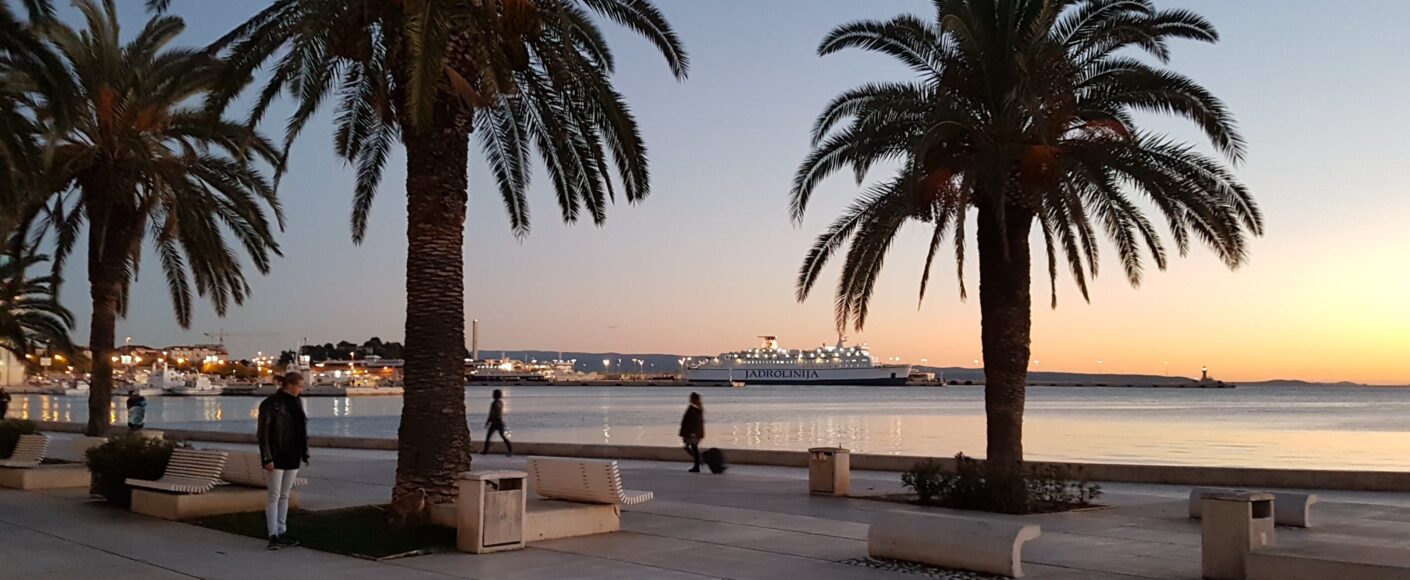Diocletian’s Palace in Split – Encounter with history

Diocletian’s Palace, a majestic residence built at the turn of the 3rd and 4th centuries, is a stone testimony to the power and rule of Emperor Diocletian. Located in today’s Croatian Split, the palace has not only survived thousands of years, but also constitutes the heart of the city, combining the history of the ancient world, the Middle Ages and modern times.
The history of Diocletian’s Palace begins in 295–305 AD, when Emperor Diocletian decided to build this monumental residence as his headquarters after his abdication. Situated on the Adriatic bay, the palace served residential, military and religious functions. Ultimately, it became the birthplace of a new city, today’s Split.
Palace, with an area of approximately 30,000. m², was built on an irregular rectangular plan, surrounded by walls with wide towers and towers. Although it originally represented the austerity and monumentality typical of the early Dominion era, over time and subsequent transformations it became an integral part of Split.
In the 7th century, after Emperor Diocletian left the palace, it was settled by refugees from nearby conquered Salona. Over time, the town transformed into the Byzantine settlement of Aspalatos, and then into today’s Split. This fascinating metamorphosis contributed to giving the city a unique character, a combination of antiquity, medieval and modern times.
Modern Split is a place where ancient walls and columns coexist with cafés, shops and a vibrant social life. The Riva waterfront promenade running under the palace walls has become the heart of the city, a place for meetings and walks at sunset.
Diocletian’s Palace was carefully described by the Scottish architect Robert Adam and the French artist Louis-François Cassas. In the 19th century, it attracted the attention of travelers, and the first complete reconstruction of its appearance was made by French researchers Ernest Hébrard and Jacques Zeiller in 1912.
Diocletian’s Palace in Split is not just an open-air museum, but an integral part of the city’s life, attracting both history lovers and those who want to feel the unique atmosphere of ancient heritage in a modern setting.
See also: Makarska Riviera: A unique cruise with Lugia Boats




